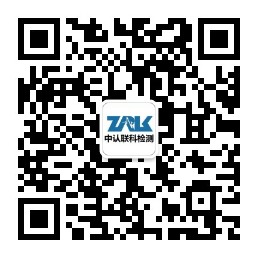As the consumer electronics market continues to be hot, the lithium-ion battery market is developing rapidly. Not only is the scope and number of applications expanding, but the energy of a single battery is also increasing. And the explosion of lithium battery safety accidents has caused people to pay more and more attention to the safety of lithium batteries.
The standards of battery products, especially safety standards, are an important basis for quality and an important means to regulate market order and promote technological progress. This article mainly introduces and summarizes the existing common standards at home and abroad, and briefly discusses the problems in these standard systems.
Recently, South Korea revised the \"Electrical Appliances and Household Products Safety Management Law\" to include button dry batteries for the first time in the scope of KC certification control. This regulation will take effect on November 15, 2020, and its control scope includes cylindrical batteries and button batteries. At the same time, if the terminal product contains cylindrical batteries and button batteries, the batteries used must also be certified by KC before they can be sold in the Korean market.
There are many types of batteries, including rechargeable batteries, disposable batteries, button batteries, and solar batteries. Although the battery is inconspicuous, it still has a high safety risk. There are many items that need to be tested during battery detection, especially when the battery is exported to foreign countries for IEC certification standards, the battery safety indicators need to be tested to ensure The batteries that everyone is using and exporting will not cause hidden safety hazards and malfunctions for users. Safe and high-quality batteries will not only be popular in the country, but also quickly open up foreign markets and become popular in foreign markets.
Nowadays, rechargeable lithium batteries such as mobile phones, laptop computers, camcorders, and remote control toys are already very popular electronic products, so the demand for lithium battery cargo transportation is increasing. UN Handbook for the Transport of Dangerous Goods \"Handbook Section 38.3 Section 3 is the generally accepted UN38.3 certification, which is a UN regulation specifically formulated for the transportation of dangerous goods requiring lithium batteries to pass a high degree, simulation, high and low temperature cycles, vibration test , Impact test, 55C ring temperature short-circuit test, impact test, overcharge and forced discharge test. UN38.3 is suitable for air transportation and daily storage and other processes.
Currently, the most widely used international standard is the International Electrotechnical Commission (IEC) standard for lithium-ion batteries. According to their respective needs, the International Air Transport Association (IATA), the United Nations Committee of Experts on the Transport of Dangerous Goods and the International Civil Aviation Organization (ICAO) and other agencies have also formulated relevant safety standards for lithium-ion battery transportation and have been widely used.
GB/T19212.17-2019 \"Safety of transformers, reactors, power supply units and similar products with a power supply voltage of 1100V and below. Part 17: Special requirements and tests for switching power supply units and transformers for switching power supply units\" in 2020 Implemented on May 1, 2014, this standard replaces GB19212.17-2013.
On June 16, 2020, the European Union Chemicals Agency (ECHA) added 4 substances from the 23 batch of 5 review substances to the SVHC candidate list.
Learn the latest exciting content
